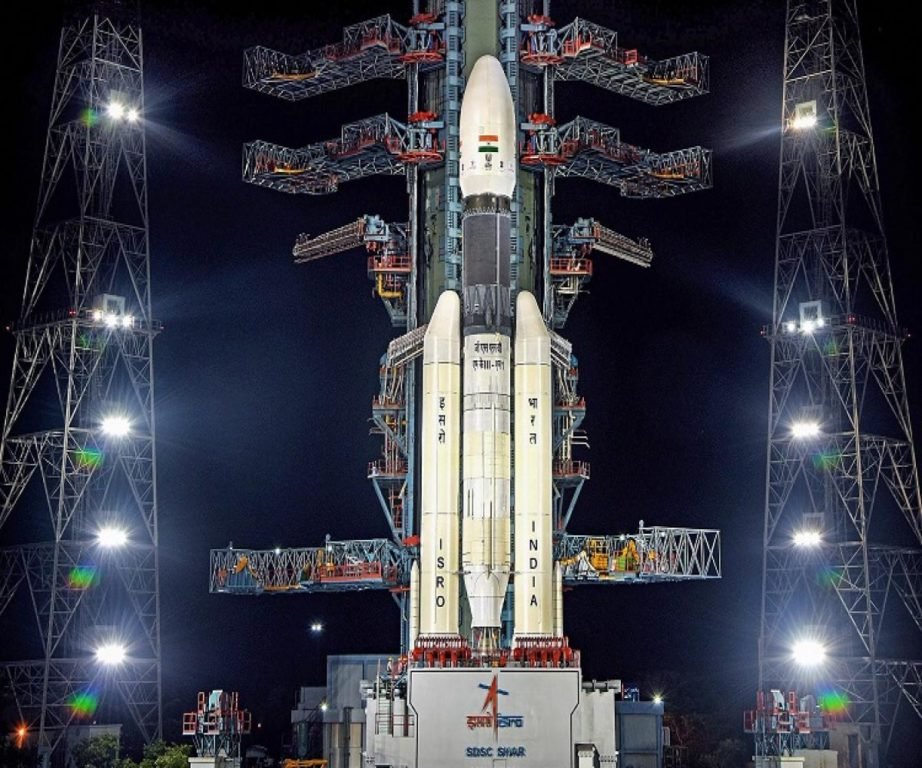Chandrayaan 2 since the very day of its planning inception has been one of the most anticipated missions. With Chandrayaan 2, India aimed at a safe landing on the moon right after the USA, Russia and China. The mission further consisted of three essential parts: the Orbiter, the Lander Vikram and the Rover Pragayan. The Orbiter and lander were attached to one of the largest ISRO rockets, GSLV Mk-III.
Two components of Chandrayaan 2 was very much similar to that of Chandrayaan 1- the Terrain Mapping Camera 2 (TMC 2) and the Miniature Synthetic Aperture Radar (Mini SAR). NASA contributed towards the formation of Mini SAR. The TMC-2 is responsible for mapping out the lunar surface and further capture the 3D maps. The 3D maps will further help to chalk out the availability of water-ice in the South Pole. Moreover, it is responsible for finding the thickness of lunar dust on the surface.
Hurdles in Launch

Chandrayaan 2 was initially scheduled for a launch on 14 July 2019 but due to some technical hurdles, the project had to be rescheduled. Just 56 minutes before the launch, it had to be rescheduled owing to the technical glitch. The second launch date was confirmed to be on 22 July, 2019.
Chandrayaan 2 took off on-board with the GSLV MK-III M-1 on 22 July, 2019. Every aspect was taken into consideration for a successful launch. The landing date was scheduled to be 7 September, 2019.
An unsuccessful landing
Chandrayaan 2 was traveling at high speed and everyone was glued to their screens before the initial landing. But, finally on 7th September, everyone was glued to their TV screens to witness a successful landing of Vikram lander on the moon. However, just 2.1 km above the moon’s surface, did the lander lose communication with the lander. The disruptions in lander were one of the essential things to note down.
Lost Signal from Vikram
The final velocity of Vikram landing on the lunar surface was 58 meters per second. This however was a quite fast landing, as per the scientists who may have been a reason why the lander couldn’t witness a smooth landing. Vikram was supposed to make a landing at 1.53am on September but just 3 minutes before its launch, the lander went off the intended trajectory path and lost all communications.
The high horizontal velocity and overthrust on the performance are some of the probable reasons why the lander couldn’t make a safe landing. When Vikram went off ISRO Mission Control searched for links from NASA’s deep space network in Madrid and Indian stations of Mauritius. “No signal from Vikram, no links from Madrid or Mauritius.”
A senior scientist from ISRO, however, added that there was enough data available for them to make an analysis.
Vikram Lander Found
Vikram Lander has however been located on 8th September 2019. ISRO’s Chief, Dr. K Sivan that they have been able to locate the lander on the lunar surface and the plan of soft landing wasn’t successful. He said, “Yes, we have located the lander on the lunar surface. It must have been a hard landing.”





















